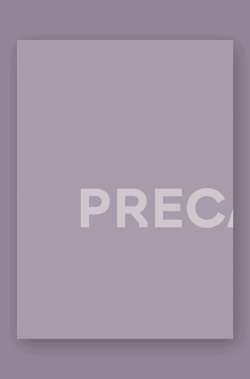Operating in an “Expanded Field”
May 27, 2008
Article written by Martin Musiatowicz
An investigation regarding public and open spaces is intimately tied to an understanding of landscape. Historically, architecture has held the aspiration of standing out, as a demonstration of the presence of culture or society facing nature, with a certain respect.
Although forms have changed over time, the idea of architecture as something finished, solid and symbolic persists. Within this mindset, architecture represents a bastion of reason set against a wild and unpredictable nature. Buildings are seen as the primary building block of a city set against an implicitly innocent and natural landscape. The opposition of organic and rational which defines the history of architecture and landscape has also described relationships between the different disciplines. It is in unhinging this opposition, which for many architects and landscape architects has opened up a potential for emerging landscapes, urban structures and architecture, as well as their materiality – and in doing so new notions of public space.
Operating in an “Expanded Field” takes note of the contribution of Rosalind Krauss, in situating sculpture within a contemporary cultural milieu. Krauss challenged notions of the autonomy of sculptural work, in her essay “Sculpture in the Expanded Field” (1). In turn, by investigating a contemporary concept of landscape, this article identifies a challenge to architecture’s own autonomy and investigates how practices are attempting to position and materialise it within an expanded field.
“We were making sandcastles. Now we swim in the sea which swept them away” (2). Over the course of the twentieth century, the modern project revolved around the city and the social relationships of the individual to the group (3). Such concerns necessitated a dichotomy between inclusiveness and separation. Traditional urbanism in its method of segregating the city into separate parts, places of production, residence, and leisure were all removed from each other allowing greater control over the population as a single entity. Today’s metropolis operates under a post-modern unconsciousness, which erases the clear boundaries and singular identities that typified modernism. Difference is now dispersed –it is everywhere and nowhere. This reconsideration has led to a growing awareness that the world we live in is not set up on a binary understanding of culture and nature –that is, the city and the countryside. The city can no longer be discerned as a recognisable object (4). Similarly, landscape and the city can no longer be held in opposition, the whole city is considered as an articulated landscape system. The elements of the city are in fact a part of this landscape and can no longer be a collection of more and more discreet buildings (5).
Some of the paradigmatic examples of this point of view include Yokohama Ferry Terminal by Foreign Office Architects –a traditional building project which became a hybrid of building, infrastructure and public open space as an extension of the city; but by far the most referenced is OMA’s second place entry to the Parc de la Villette competition –which challenged the traditional concepts of the Arcadian park, and of the park as an antithesis to the fervour of the modern city.
Article publised in a+t 25. In Common I


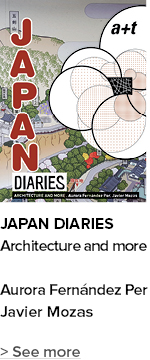
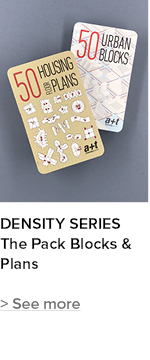
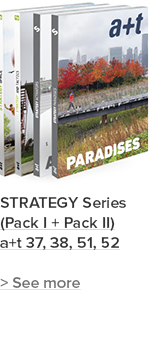
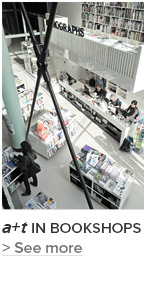
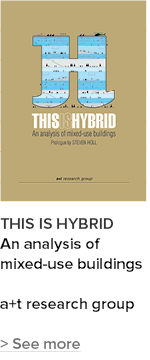


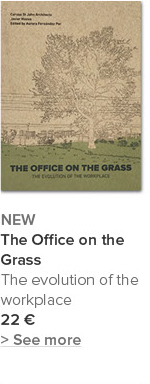
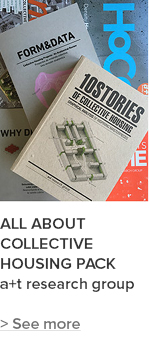
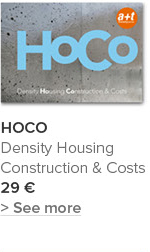
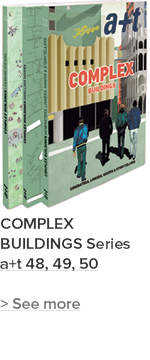

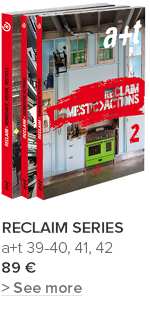
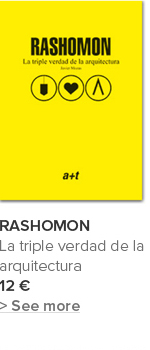
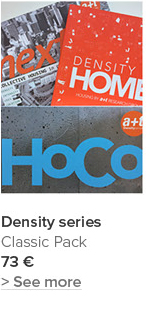
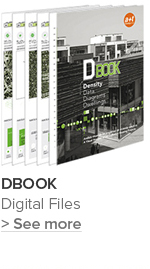




 I've read and agree to
I've read and agree to 


